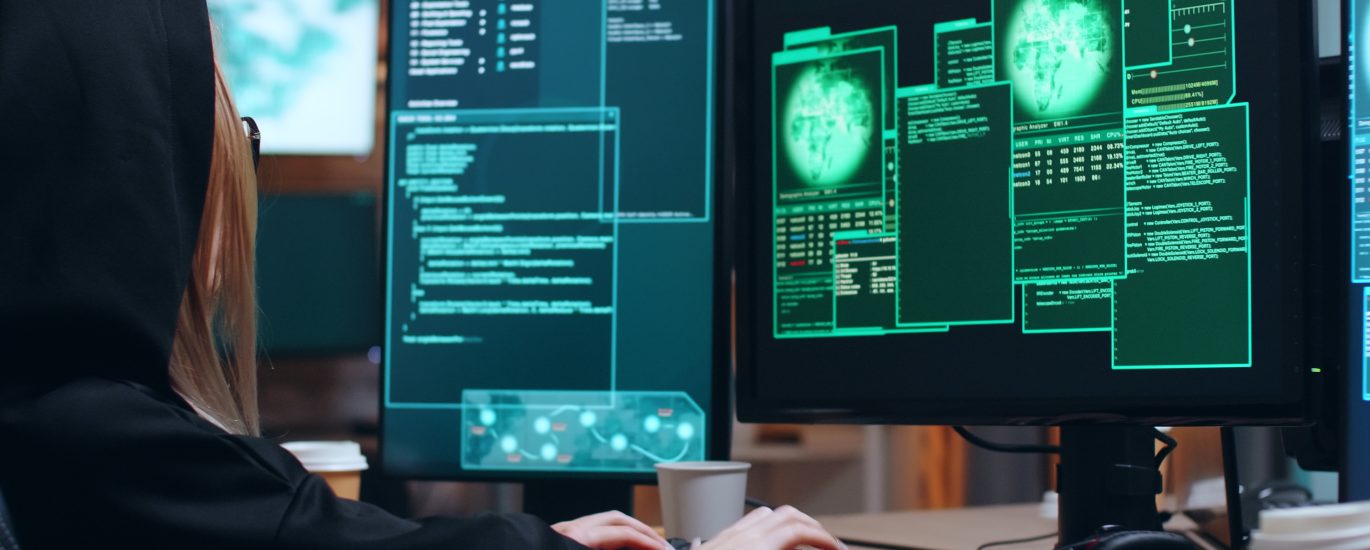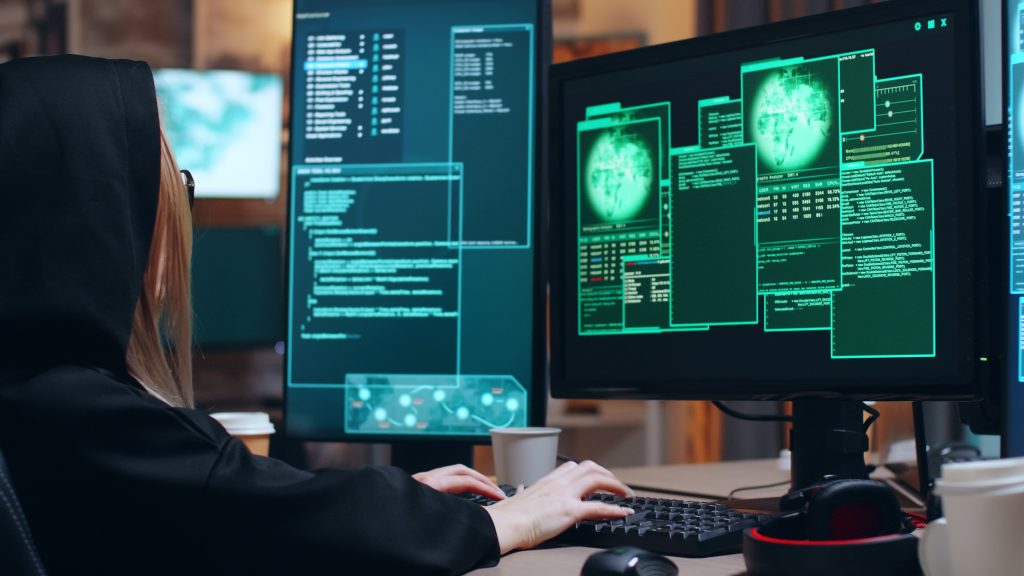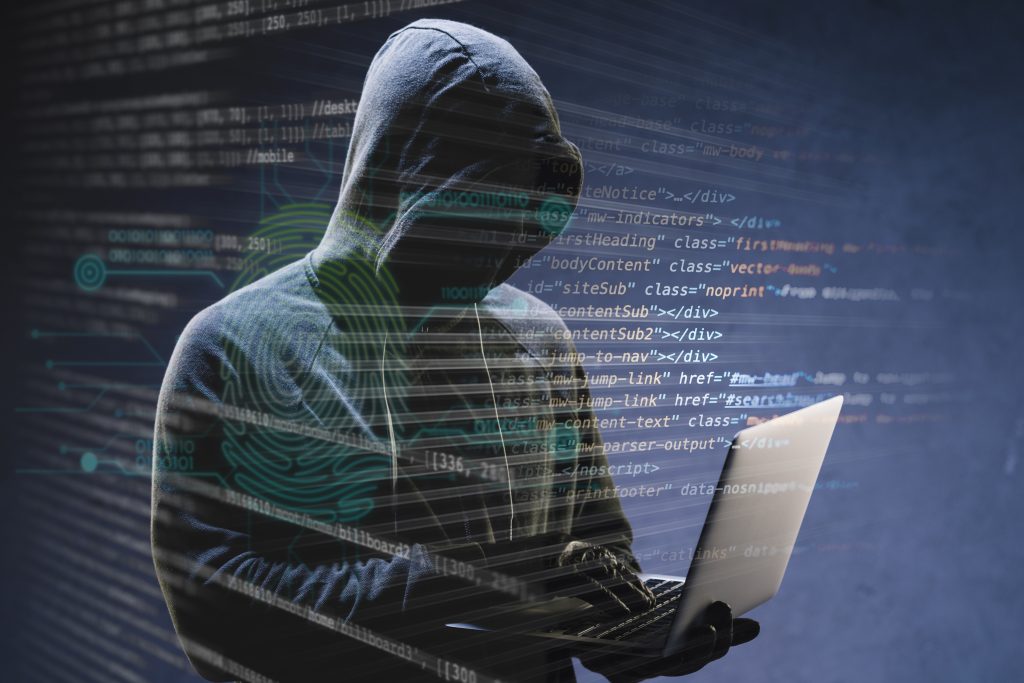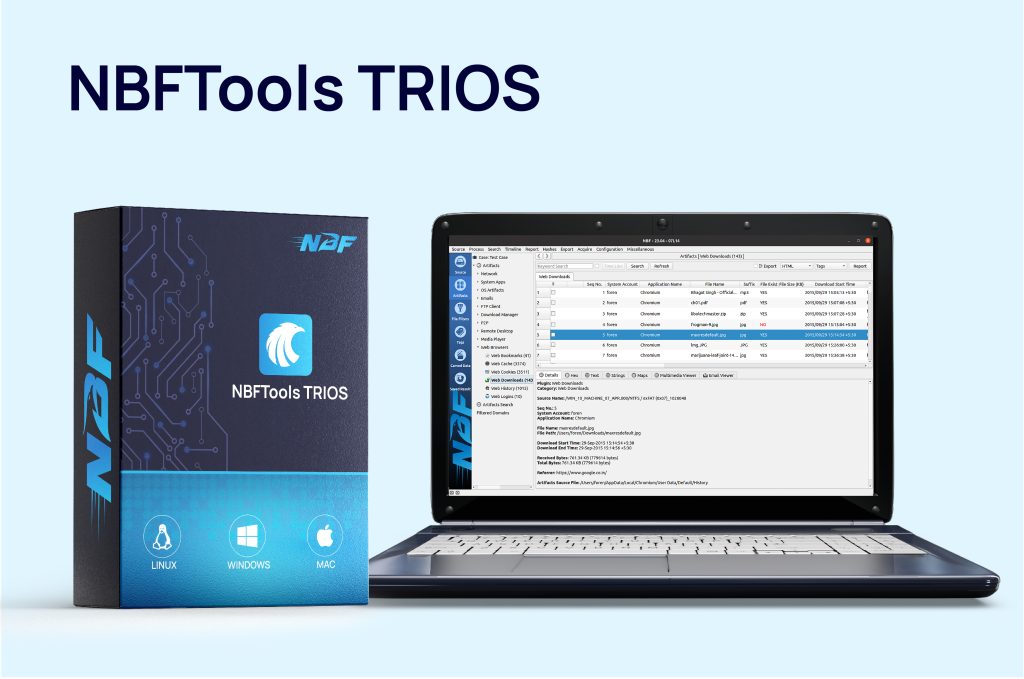



All right, so we’ve all seen those detective series. The ones that look into crimes and gather various types of evidence. It turns out that modern detectives are searching digital materials in addition to fingerprints. Yes, recovering and examining data from computers, phones, and other devices is the main focus of digital forensics. We’ll define digital forensics and discuss its significance in this piece.

Forensic investigators do more than simply search for paper trails when they start a case. They also search for digital traces. You create data each time you use your computer, phone, or even an app. Photos, papers, chats, browser history, and even erased files could all fall under this category. For instance, suppose a person gets charged with a crime and their phone was utilized throughout the incident.
Investigators can:
So basically, digital forensics is all about finding these hidden clues, connecting the dots, and figuring out what really happened.

Nowadays, practically everything we do is plugged into a gadget or the internet. Therefore, whether we use apps, write emails, or browse the internet, we are all leaving digital footprints. Digital forensics is crucial for just this reason. This is the reason:
So yeah, digital forensics is a big deal, it’s helping solve real-life crimes and protect data every single day.
But how do forensic professionals really locate these elusive hints? Aided by some really awesome tools! Among the instruments used by forensic investigators are the following:

NBFTools TRIOS is one of the tools used in the field of digital forensics. This application is fantastic since it assists in the analysis of web artifacts, such as cookies and browser history, in order to find digital evidence of online activity. Finding digital hints that were previously believed to be lost is like having a superpower.
To put it briefly, digital forensics plays a significant role in contemporary investigations. When things grow complicated, especially in a society where everything is done online, it helps to locate the truth. Digital forensics is essential for resolving crimes, recovering deleted data, and identifying hackers.
Next time you hear about an investigation, just know that those digital clues, like the ones we all leave behind online, are super important. They might just be the thing that solves the case.